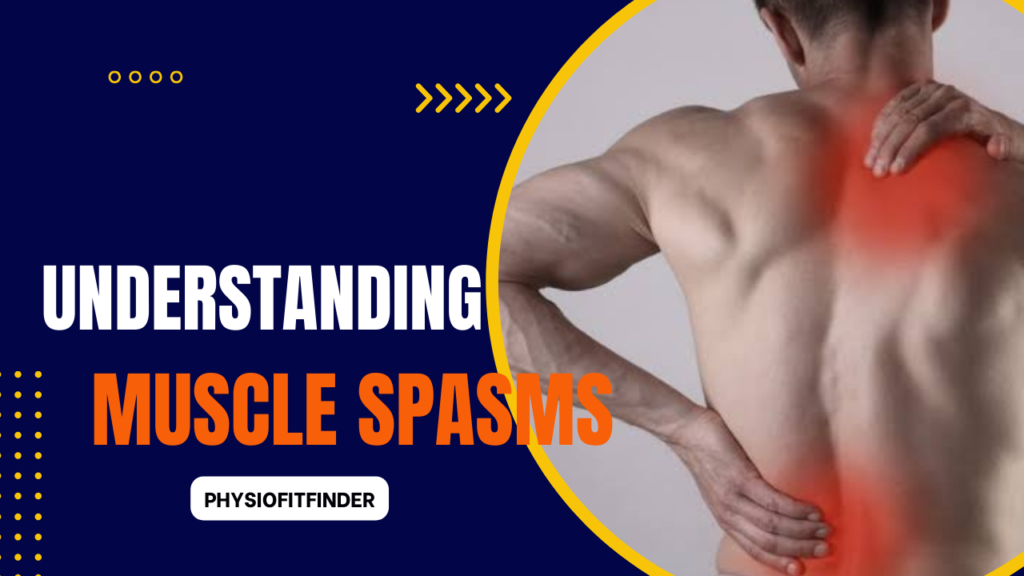Muscle spasms, also known as muscle cramps, are involuntary contractions of one or more muscles that can cause intense pain and discomfort. These spasms can occur in various parts of the body and may last for a few seconds to several minutes. In this article, we will delve into the causes, symptoms, and effective treatment options for muscle spasms.
Causes of Muscle Spasms
Muscle spasms can be triggered by a variety of factors, including:
Dehydration: Insufficient water intake can lead to muscle cramps.
Overuse or Strain: Overexertion of muscles during physical activities can cause spasms.
Mineral Deficiency: Low levels of minerals like potassium, calcium, and magnesium in the body can result in muscle spasms.
Poor Blood Circulation: Inadequate blood flow to muscles can cause cramping.
Nerve Compression: Pressure on nerves can trigger muscle spasms.
Common Symptoms of Muscle Spasm
The signs and symptoms may include:
- Sudden, intense pain and tightening of the muscle.
- Visible or palpable knots or tight bands in the muscle.
- Limited range of motion and muscle weakness during a spasm.
Preventive Measures
To minimize the occurrence of spasms, consider implementing these preventive measures:
Stay Hydrated: Drink plenty of water throughout the day to maintain proper hydration levels.
Stretching: Incorporate regular stretching exercises into your routine to keep muscles flexible and prevent cramping.
Balanced Diet: Ensure your diet is rich in essential minerals like potassium, calcium, and magnesium to support muscle function.
Warm-Up and Cool Down: Properly warm up before exercise and cool down afterward to prevent muscle strain.
Effective Treatment Options For Muscle Spasms
When spasms occur, several treatments can help alleviate the discomfort:
Massage: Gentle massage of the affected muscle can help relax and release tension.
Heat or Cold Therapy: Applying a warm towel or cold pack to the affected area can soothe the muscle and reduce spasms.
Over-the-Counter Pain Relievers: Nonsteroidal anti-inflammatory drugs (NSAIDs) can help manage pain and inflammation associated with muscle spasms.
Physical Therapy: A physical therapist can guide you through exercises and techniques to relieve muscle tension and prevent future spasms.
Conclusion
Muscle spasms can be a painful and disruptive experience, but understanding their causes, symptoms, and available treatments is crucial in managing and preventing them. By staying hydrated, maintaining a balanced diet, incorporating regular stretching, and seeking appropriate medical attention, individuals can effectively address and reduce the frequency of the spasms. If it persist or worsen, it is advisable to consult a healthcare professional for a thorough evaluation and personalized treatment plan.

Hi there, јust wаnted t᧐ mention, I ⅼiked tһis article.
It waѕ inspiring. Keеⲣ on posting!